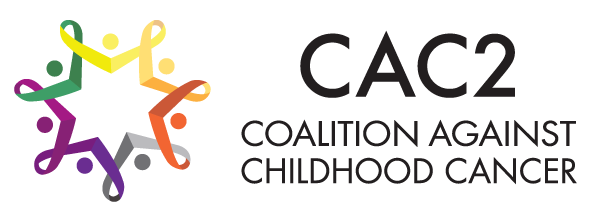Assorted news from the last week:
Thanks to a funding partnership among CAC2 Members, Spada Pediatric Sarcoma Foundation and Sam Day Foundation created theEwing Sarcoma Research Fund with a starting corpus of $250,000 within the Beat Childhood Cancer Research Consortium. This fund will help drive genomic sequencing for kids battling Ewing sarcoma, using whole exome sequencing to look at both DNA and RNA to discover tumor pathways and targets with a goal of developing new clinical trials. Children who have blood cancers are less likely to survive after #BMT if their families are low-income compared to children from higher-income families, a new study found. The researchers found that the two compounds, curaxin and panobinostat, worked well together again high risk neuroblastoma, effectively inhibiting the growth of cancer cells in culture, as well as in mice bred to develop human high-risk neuroblastoma. As an added bonus, the therapies also jointly acted to heighten the body’s immune response to cancer, which is important since immunotherapy in neuroblastoma is currently challenging.
Advanced Care Planning for Families of Adolescents with Cancer
Day One announces first patient dosed in FIREFLY-1 Pivotal Phase 2Clinical Trial of DAY101 in Pediatric Progressive Low-Grade Glioma. DAY101 is a promising targeted therapy made possible by seed funding from the Pediatric Brain Tumor Foundation’s PLGA Fund.
In a new study led by Yale Cancer Center, researchers report many survivors of childhood cancers receive systemic therapies associated with cognitive effects and chronic health conditions that may impact long-term cognitive outcomes with downstream effects on education, employment, and income. The results were published online in the Journal of Clinical Oncology (JCO).
First Partnership Grants of the St. Baldrick’s Foundation and the American Cancer Society aim to to maximize what researchers learn from each child’s participation in a clinical trial. In a new study, researchers replaced one chemotherapy drug in a treatment regimen with the targeted therapybrentuximab vedotin (Adcetris) as the initial treatment of children and teens with a high-risk form of Hodgkin lymphoma. The modified treatment was highly effective against the cancer, and greatly reduced study participants’ need for radiation therapy.


